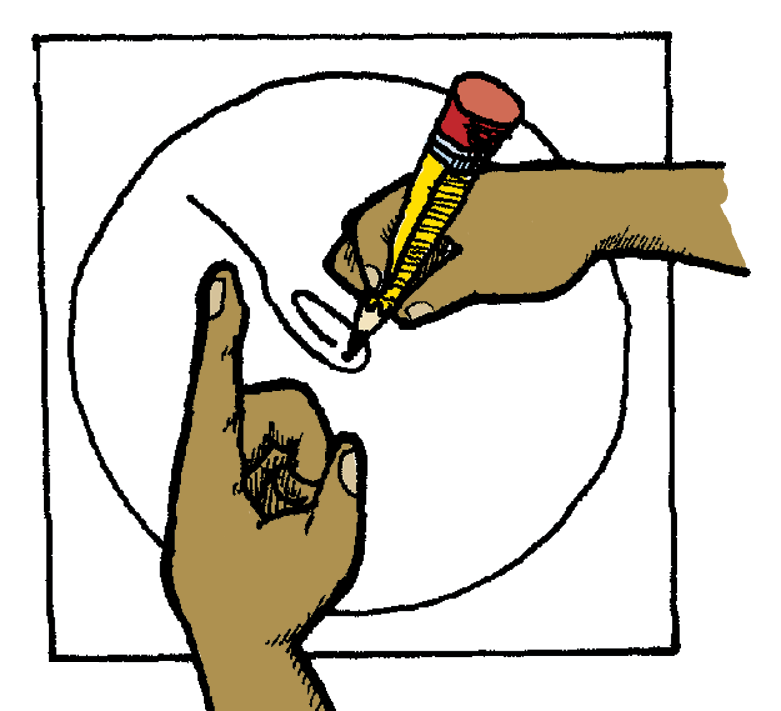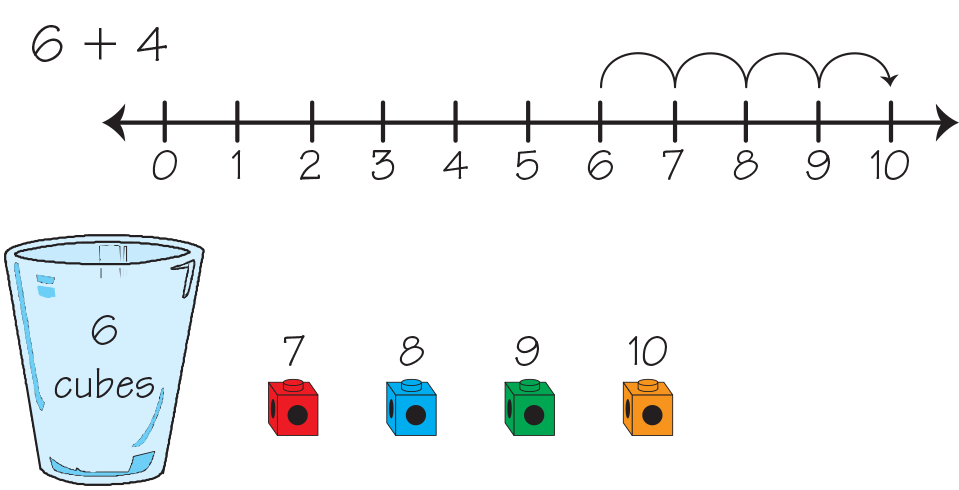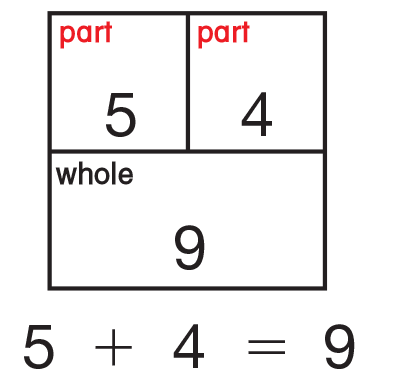Students play the Counting-On Game and use the counting-on strategy to solve addition problems. Repeated opportunities to use this strategy are provided to help students make it a natural part of their thinking. Counting on from two-digit numbers is introduced.
Content in this Lesson
- Solving addition problems using a counting-on strategy [E5].
- Composing and decomposing numbers using counters and number sentences [E1].
- Connecting different representations of quantities [E4].
- Representing addition situations with number sentences [E7].
- Solving word problems involving two whole numbers whose sum is less than or equal to 30 using counters [E6].
Assessment in this Lesson
| Assessment | Expectation Assessed |
|---|---|
|
Observe Counting-On Game Teacher Guide - digital |
|
|
Cube Totals Student Activity Book Page 81 |
|
|
DPP Item L At the Park Teacher Guide - digital |
|


















